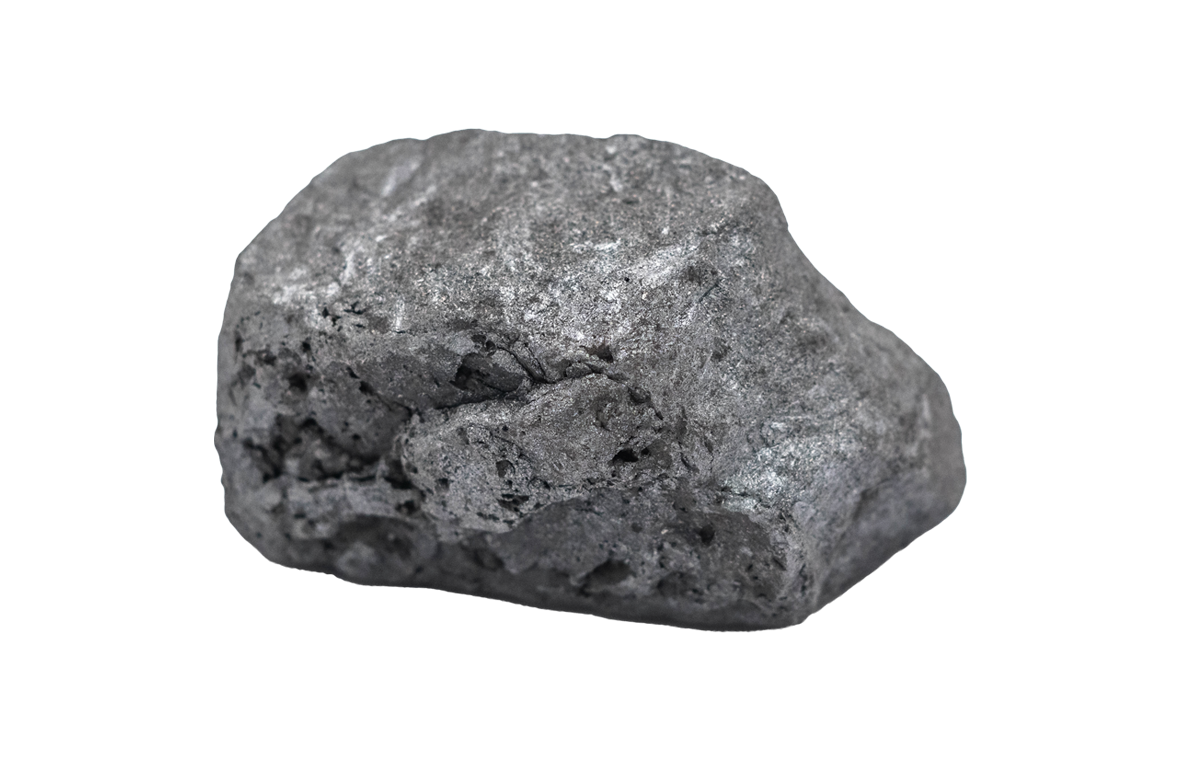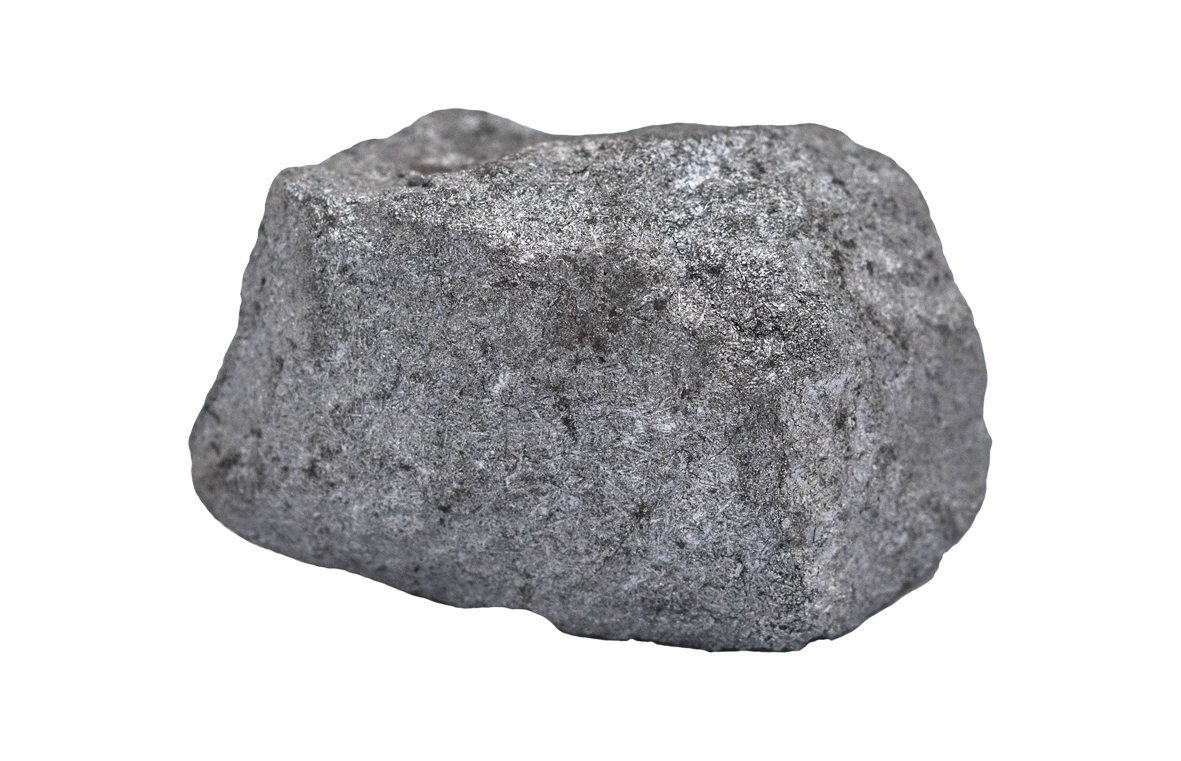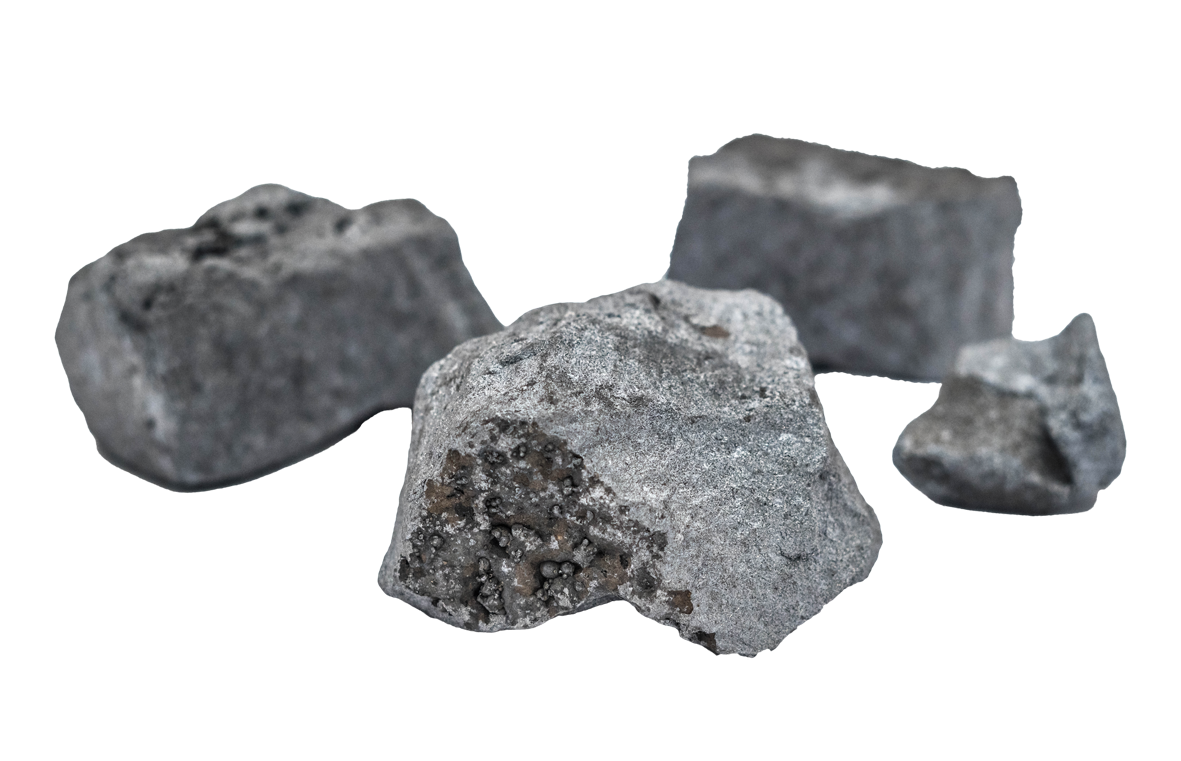Ferro Chrome
Ferro chrome is classified as a ferroalloy, meaning it is composed of a mixture of iron and chromium, with a typical chromium content of 50 to 70% by weight. Ferro chrome is produced by electric arc carbothermic reduction of chromite, a mineral composed mainly of chrome oxide and iron oxide and mined as chrome ore. Ferro Chrome is mainly used in the production of stainless steel, which depends on chromium for its corrosion resistance, hardness, and strength. Ferro Chrome can also be used to add chromium to carbon steel and other specialty steels.
How is Ferro Chrome different from Ferro Manganese?
Ferro chrome and ferro manganese are both types of ferroalloys, that is, alloys of iron and another metal. However, they differ in the following aspects:
- Ferro chrome contains chromium as the main alloying element, while Ferro Manganese contains manganese as the main alloying element.
- Ferro chrome generally contains 50 to 70% chromium by weight, while Ferro Manganese can contain as much as 80% manganese by weight.
- Ferro chrome is mainly used in the production of stainless steel, which depends on chromium for its corrosion resistance, hardness, and strength, while ferro manganese is used as a deoxidizer and an alloying element for various grades of steel.
Applications of Ferro Chrome
The main application of Ferro Chrome is in the production of stainless steel, which depends on chromium for its corrosion resistance, hardness, and strength. Over 80% of the world’s Ferro chrome is used for this purpose.
Ferro chrome can also be used to add chromium to carbon steel and other specialty steels, such as Ball bearing steel, steel for auto parts, and high-strength low-alloy steel. Chromium improves the mechanical properties and wear resistance of these steels.
How is Ferro chrome produced?
Ferro chrome is produced by electric arc carbothermic reduction of chromite, a mineral composed mainly of chrome oxide and iron oxide and mined as chrome ore. This process takes place at high temperatures in either a submerged arc furnace (SAF) or an open arc furnace (OAF).
In the SAF, the chromite ore, flux, and coke are fed through a hopper and preheated by CO gas generated from the coke bed zone. The main reduction of chrome and iron oxides occurs in the coke bed zone, where electric current passes through electrodes and creates heat. The liquid slag and metal are collected at the bottom of the furnace and tapped separately.
Some factors to consider while buying Ferro Chrome
- The quality of Ferro chrome, which depends on its chemical composition, physical properties, and impurity levels. The quality should match the specifications and requirements of the end-use application, such as stainless-steel production or specialty steel production.
- The price of Ferro chrome, which is influenced by the supply and demand of chromite ore, the production cost of Ferro chrome, the electricity cost, the exchange rate, and the market conditions. The price should be competitive and reasonable for the quality and quantity of Ferro chrome.
- The availability of Ferro chrome, which depends on the production capacity and inventory of the suppliers, the transportation and logistics infrastructure, also geopolitical and environmental factors. The availability should be consistent and reliable to ensure timely delivery and avoid supply disruptions.
- The reputation of the suppliers, which reflects their experience, expertise, credibility, and customer service. The reputation should be positive and trustworthy to ensure a long term and mutually beneficial relationship.





